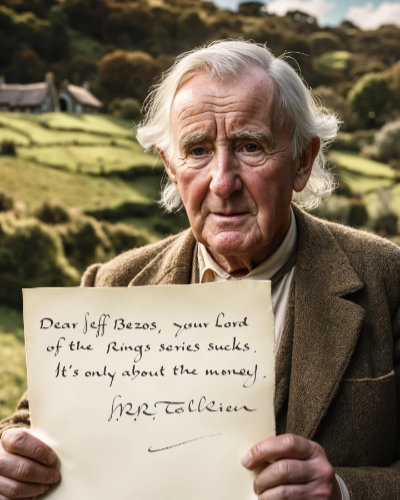AI and the era of LLMs
We are in a time where the landscape of technology is changing quite fast. The culprit is none other than the wave of new developments in the field of deep learning, in particular new breakthroughs in the field of large language models with the invention of transformers. I doesn’t a go a week without groundbreaking or at least remarkable new results showcasing the new capabilities of sequence token models in the world of text, image, voice and video. At the center of the storm, some of those results seem useful and potentially disruptive. Others are presented as the next big thing without any proof or glimpse of its real implication or utility. It is a chaotic place to be, but fun nonetheless. Recently, I read an blog in which I learned about a new technique used to recreate the handwriting style given a set of samples. The blog’s author used this technique to recreate the handwriting of his deceased father, the one person who used to work with him on new projects and whom he totally misses. His project was inspired and guided by a guy on the internet who presented this technique on Reddit, and showed the following sample recreating the hand writing of J.R.R. Tolkien: the late author of Lord of The Rings:

Ethical implications aside I think this project is neat. Having something that resembles the memory of a person dear to us is meaningful and valuable. The method is based on the new generation of image models released by FLUX, a new company branched from the pioneer company which released some of the first and most notable open source diffusion models, Stability AI. The handwriting replication however, is not stable nor reliable, specially with text including more than a few words. There is also some lost precision/consistency lost by Flux models when trained with LoRA. Eventually this technology will be ready to replicate the handwriting style in most scenarios, the same way that has been happening with voice, appearance, behaviors. This world of ‘pattern matching’ we are in now will brings us to look ourselves in the void: searching for a glimpse of uniqueness, a proof of what makes us, human beings, being who we are.